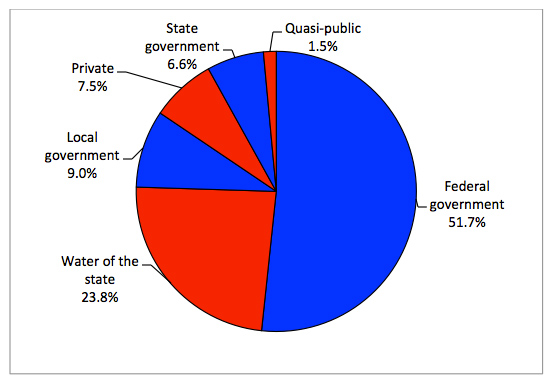Virginians’ participation in many outdoor recreation activities has increased in recent years. But a changing demographic, financial and recreation landscape means that the state, its localities and community organizations will have to plan wisely to meet future needs and encourage healthy trends, according to a study in the current Virginia News Letter, published by the University of Virginia’s Weldon Cooper Center for Public Service.
Large gaps persist in outdoor recreation use by black and white Virginians, according to the study by Cooper Center economist Terance J. Rephann. Meanwhile, some activities, such as walking and soccer, have gained in popularity, while others such as baseball, hunting and fishing, have decreased. Public funding for parks and recreation has fallen in recent years, and the competition for limited resources for open space acquisition, facility maintenance and new construction funds has become fierce.
Those findings, coupled with increased demand for diverse types of recreation for an aging and multi-cultural population, will require creative solutions, Rephann said. State government leadership is crucial, he added.
Well-known benefits of recreation include improved physical and psychological health through exercise, relaxation, nature appreciation and social bonds, as well as environmental and economic benefits to localities, he said. Outdoor recreation investments will increasingly be seen as tools to help manage growing health care costs and solving health issues, Rephann predicted.
More than 90 percent of Virginia’s recreational land and water acreage is publicly owned, as are almost all athletic venues, such as football, soccer and softball fields (see Figure 1). But the private sector is a comparatively large provider of many specialized attractions, such as ski facilities, golf courses, exercise gyms and outdoor pools.
A promising finding is that state park visitations have continued to increase in Virginia (see Figure 2). One analysis suggests that Virginia has significant excess capacity in its park system that can meet increased demand, in contrast to some states that have serious capacity constraints, Rephann said.
Large gaps exist in participation by blacks and whites. Black households participate in an average of five different outdoor activities per year, while whites participate in 8.1 – and participate much more frequently, Rephann said. African-American participation is greatest for group sports such as football, basketball, volleyball and softball, but is substantially lower for all wilderness, water-related, snow-related and wheeled activities.
It is also noteworthy that black participation rates are significantly lower for all four activities (skiing, golf, swimming pools and camping) where a majority of facilities are privately owned, Rephann writes.
Demographic and socioeconomic developments, including changing racial/ethnic composition, population aging and growing income disparities, will shape demand for different types of recreation, Rephann found. Meanwhile, parks and recreation departments must compete with other agencies and departments for funds from stagnating local, state and federal budgets due to slow economic growth and expanding budgets for entitlement programs.
Among Rephann’s recommendations:
Closing black-white gaps:
- Improve efforts to incorporate black leaders and community members in parks and recreation facility planning and programming.
- Recruit and retain black parks and recreation employees.
- Build career ladders as well as educational pipelines from secondary schools into university natural resources curricula.
- Improve information and outreach, including informal community communication arranged through schools, organizations and churches.
- Promote more “gateway activities” to introduce new recreation possibilities to minority audiences.
Reconnecting younger generations to outdoors:
- Create more outdoor education programs such as those available elsewhere in the nation. Outdoors programs influence environmental awareness, attitudes and stewardship, develop child interpersonal and social skills, improve cognitive outcomes and contribute to greater physical fitness.
- Perform a comprehensive inventory of school division environmental education efforts and nonprofit programs, such as scouting and 4-H Clubs.
Funding parks and recreation:
- Increase emphasis on regional partnerships and better prioritize by identifying activities with lower costs and higher public value.
- Make better use of public-private partnerships with organizations like the YMCA, private sport leagues, community colleges and local tourism agencies.
- Ensure that recreational opportunities are equitably provided to members of the community, particularly the disadvantaged.
- Have state government play a greater leadership role since it has much at stake, including the health, education and welfare of its citizens. Re-establishing the Virginia Outdoors Fund to provide local technical assistance and grant funding for disadvantaged communities would be a strong step.
“State leadership could help to re-shape the outdoor recreational landscape in a way that ensures that the commonwealth’s natural resources will be preserved for future generations,” Rephann concludes.
Media Contact
Article Information
November 21, 2013
/content/uva-study-state-will-need-creative-solutions-meet-changing-outdoor-recreation-needs

